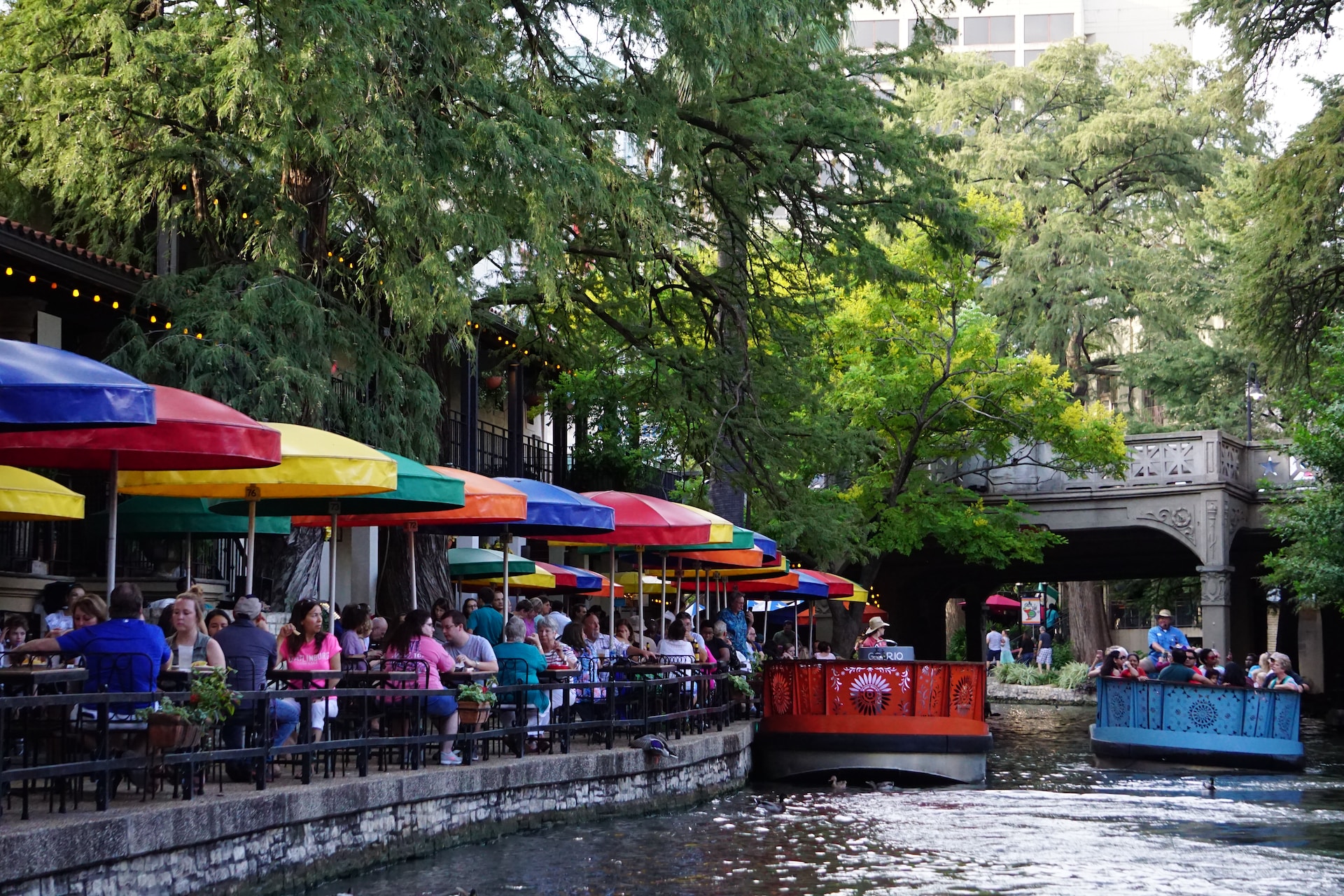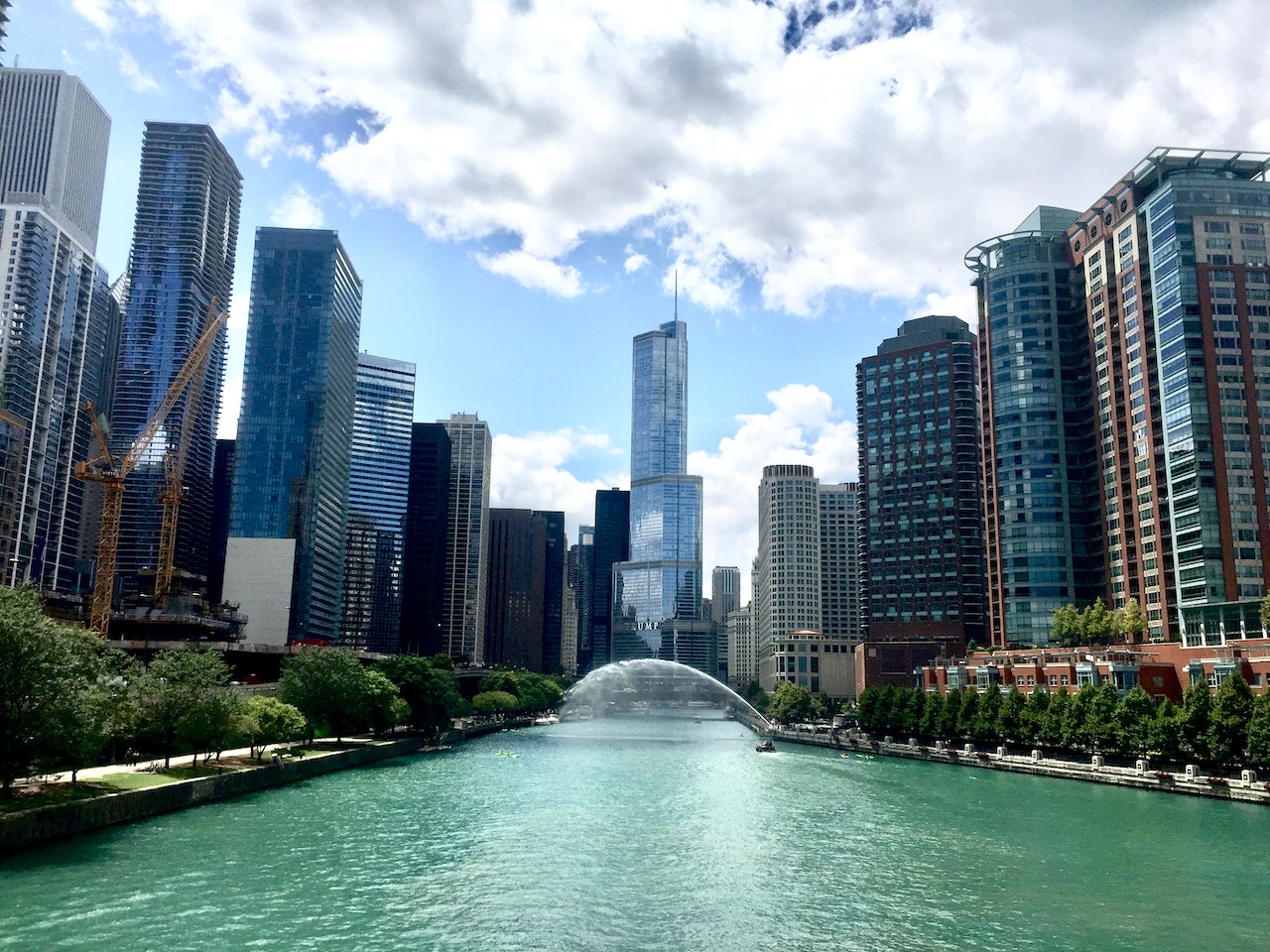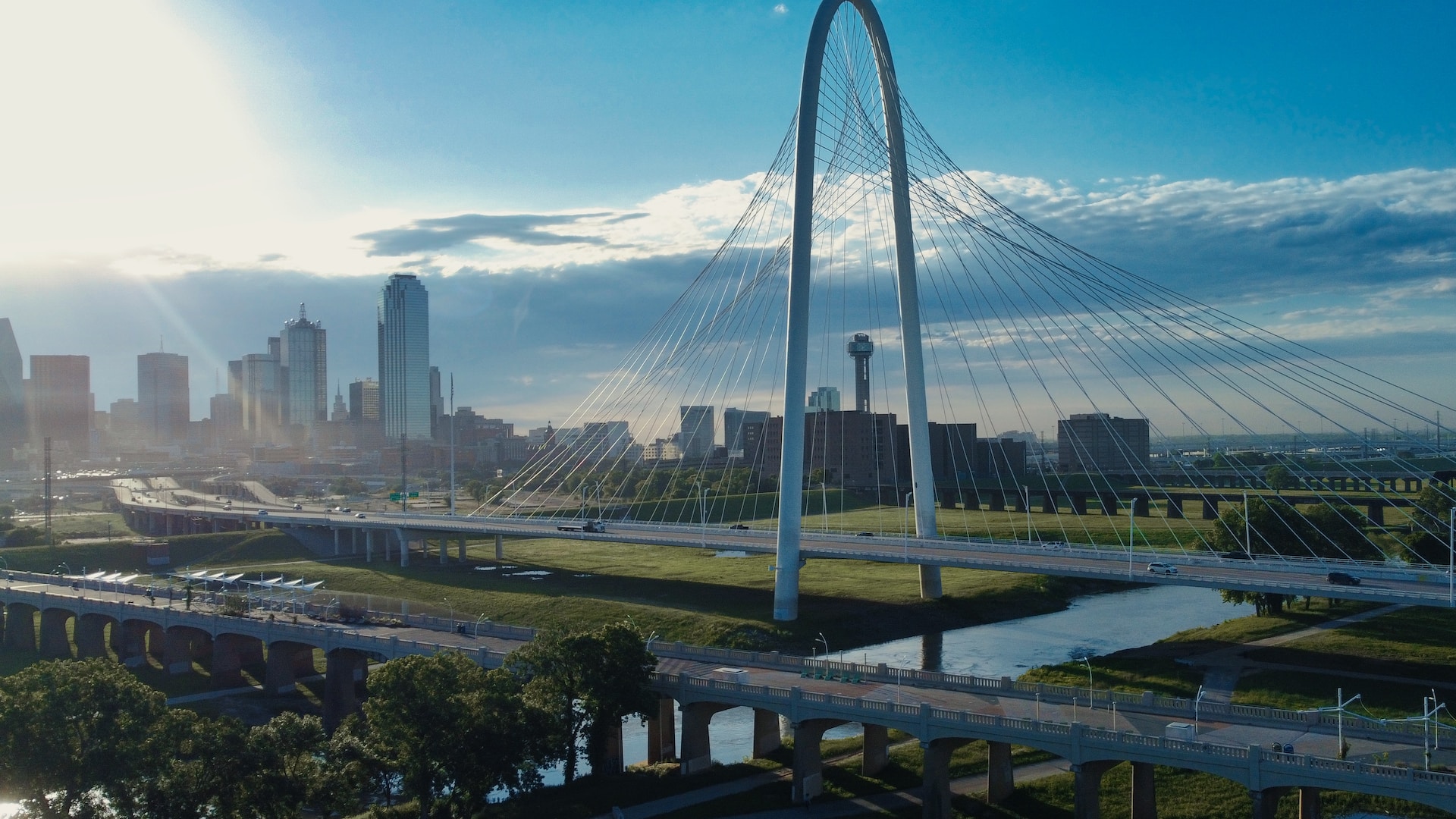Welcome to the vibrant city of San Antonio, Texas! Known for its rich history, diverse cultural heritage, and warm hospitality, San Antonio offers a unique blend of tradition and modernity. From its iconic River Walk and historic sites to its vibrant arts scene and flavorful cuisine, San Antonio has something to captivate everyone. Whether you’re drawn to the city’s vibrant downtown or the charming neighborhoods, this moving guide will provide you with essential information to make your relocation to the captivating city of San Antonio a smooth and enjoyable experience.
Pros and Cons of Living in San Antonio:
Living in San Antonio comes with its own set of pros and cons. On the positive side, the city offers a lower cost of living compared to many other major cities in the United States. Housing prices are generally affordable, and there is a variety of housing options available, including historic homes, modern apartments, and family-friendly suburbs. San Antonio embraces its cultural heritage, with numerous festivals, celebrations, and diverse culinary offerings that reflect its rich Mexican and Texan influences. The city also offers a strong job market, particularly in industries such as healthcare, military, tourism, and the growing technology sector. However, it’s important to note that summers in San Antonio can be hot and humid, with temperatures frequently reaching over 100°F (38°C). Traffic congestion can be a challenge during peak hours, particularly in certain areas of the city. Balancing the favorable cost of living, cultural experiences, and the warm community spirit of San Antonio can make it an appealing place to call home.
Tax Rates in San Antonio:
When it comes to taxes in San Antonio, Texas, it’s important to note that the state has no individual income tax. However, the state compensates for this by relying on other sources of revenue, such as property taxes and sales taxes. Property taxes in Texas can vary depending on the county and the specific location within San Antonio. It’s advisable to understand the local tax rates, exemptions, and assessment processes when considering housing options. Consulting with a tax professional or referring to the official tax authorities will provide you with the most up-to-date and accurate information regarding tax rates and any specific deductions or credits that may apply to your situation.
Cost of Living in San Antonio:
San Antonio offers a relatively affordable cost of living compared to many other major cities in the United States. Housing costs, including rent and home prices, tend to be lower, providing more affordable options for residents. Other expenses, such as groceries, transportation, and entertainment, are generally more budget-friendly as well. San Antonio offers a range of neighborhoods and suburbs to suit different preferences and budgets, whether you prefer a downtown loft, a family-friendly community, or a suburban retreat. It’s important to consider factors such as proximity to employment, desired amenities, and school districts when selecting a neighborhood. Overall, San Antonio strikes a favorable balance between a lower cost of living and access to a range of cultural and recreational activities.
Public Transportation in San Antonio:
San Antonio offers public transportation options to help residents and visitors navigate the city. VIA Metropolitan Transit operates a comprehensive bus system that covers the greater San Antonio area, including downtown, major attractions, and residential neighborhoods. VIA Primo bus routes provide express service along key corridors, offering convenient transportation options for commuters. Additionally, VIA Metropolitan Transit operates the VIVA bus service, which connects popular tourist destinations, such as the River Walk and the Missions. While public transportation is available, it’s important to note that San Antonio is a car-dependent city, and having a vehicle can provide greater flexibility, especially for those living in the suburbs or needing to commute longer distances.
Traffic and Transportation in San Antonio:
San Antonio’s traffic situation is generally more manageable compared to larger metropolitan areas. However, traffic congestion can occur during peak commuting hours, particularly on major highways and in certain areas with high tourist traffic. It’s advisable to plan your travel accordingly, allowing extra time during rush hours. The city has implemented transportation infrastructure improvements, such as road expansions and ongoing transit projects, to alleviate congestion and improve mobility. Exploring alternative transportation methods, carpooling, or utilizing public transit can help navigate the city’s traffic more efficiently. Overall, while traffic exists in San Antonio, it is generally less congested compared to other major cities.
Weather and Natural Disasters in San Antonio:
San Antonio experiences a subtropical climate with hot summers and mild winters. Summers can be hot and humid, with temperatures frequently exceeding 100°F (38°C). It’s important to take precautions and stay hydrated during the summer months. Winters in San Antonio are generally mild, with temperatures ranging from the 40s to 60s Fahrenheit (4-16 degrees Celsius). While San Antonio is not prone to hurricanes, it can experience occasional severe weather, including thunderstorms and hailstorms. It’s advisable to stay informed about weather alerts and have an emergency plan in place. San Antonio also has a low risk of earthquakes and wildfires compared to other regions. Embracing the warm climate and being prepared for occasional severe weather events will ensure a safe and comfortable living experience in San Antonio.
The Job Market in San Antonio:
San Antonio offers a diverse and growing job market with opportunities in various industries. The city has a strong military presence, with multiple military bases and defense-related industries driving employment. The healthcare sector is another major employer in San Antonio, with renowned medical institutions and research facilities. The city’s vibrant tourism industry, highlighted by attractions like the River Walk and the historic Alamo, provides numerous job opportunities in hospitality and entertainment. Additionally, San Antonio has seen growth in the technology and cybersecurity sectors, attracting startups and established companies. The job market in San Antonio offers a range of possibilities, and staying connected with local job boards, attending career fairs, and networking can help job seekers tap into the city’s growing employment landscape.
Diversity and Demographics in San Antonio:
San Antonio is a culturally diverse city that celebrates its multicultural population. The city has a rich blend of Mexican, Texan, and other cultural influences, which is reflected in its cuisine, music, and annual festivals. San Antonio is known for its strong Hispanic and Latino heritage, and Spanish is widely spoken in the city. The diverse demographics contribute to a vibrant and inclusive community where residents from different backgrounds come together to create a welcoming atmosphere.
What to Do and Where to Go in San Antonio:
San Antonio offers an array of attractions and activities that showcase its history, culture, and natural beauty. Explore the iconic River Walk, a picturesque network of walkways along the San Antonio River, lined with shops, restaurants, and charming riverside cafes. Visit the historic Alamo, a significant symbol of Texas’ fight for independence. The vibrant Pearl District, located just north of downtown, is a thriving culinary and cultural destination with its trendy restaurants, boutique shops, and a lively farmer’s market. For nature lovers, the San Antonio Missions National Historical Park provides an opportunity to explore centuries-old Spanish colonial missions and experience the beauty of the surrounding landscapes. Embrace the city’s love for Tex-Mex cuisine, enjoy live music performances, and partake in the festive atmosphere of annual events like Fiesta San Antonio. San Antonio offers a range of experiences that will immerse you in its rich history, cultural traditions, and warm community spirit.
Schools and Universities in San Antonio:
San Antonio provides a range of educational options, including public, private, and charter schools. The San Antonio Independent School District (SAISD) is the largest school district in the city, serving a diverse student population. The city is also home to several esteemed universities and colleges. The University of Texas at San Antonio (UTSA) is a prominent institution offering a wide range of undergraduate and graduate programs. Trinity University, a private liberal arts college, provides a rigorous academic experience. Other notable higher education institutions in San Antonio include St. Mary’s University, Our Lady of the Lake University, and the University of the Incarnate Word. The city also has community colleges and vocational schools that offer specialized programs and training opportunities.
Crime in San Antonio:
San Antonio, like any major city, faces certain crime challenges. It’s important to prioritize personal safety and be aware of your surroundings. While crime rates can vary across different neighborhoods, San Antonio has implemented measures to ensure public safety. The San Antonio Police Department (SAPD) works diligently to maintain law and order and provides resources and programs to enhance community safety. Researching specific neighborhoods and understanding their safety profiles can assist in making informed decisions when choosing a place to live. By exercising caution, staying informed about local safety initiatives, and practicing common-sense safety measures, residents can enjoy the city while minimizing the risk of encountering crime.
Utility Providers in San Antonio:
When moving to San Antonio, it’s essential to set up your utility services. The main utility providers in the city include CPS Energy for electricity and natural gas, and San Antonio Water System (SAWS) for water and wastewater services. It’s important to contact these providers and set up your utilities before or shortly after moving to ensure a seamless transition. Additionally, the city offers recycling and waste management services, and information about collection schedules and guidelines can be obtained from the official city website.
Neighborhoods of San Antonio:
San Antonio is a city with diverse neighborhoods, each offering its own unique atmosphere and character. Downtown San Antonio is the heart of the city, with its historic landmarks, vibrant entertainment, and dining options. The King William District showcases beautiful Victorian-era homes and a mix of shops and restaurants. The Pearl District is a trendy and revitalized area with a lively culinary scene, local breweries, and a popular farmer’s market. Alamo Heights, known for its upscale charm, features tree-lined streets, elegant homes, and boutique shopping. Other notable neighborhoods include the family-friendly Stone Oak, the historic and artsy Monte Vista, and the master-planned community of Helotes. Exploring these neighborhoods will allow you to discover the diverse fabric of San Antonio and find the perfect fit for your lifestyle and preferences.
Moving to San Antonio:
Moving to San Antonio offers a rich and vibrant lifestyle, blending history, culture, and a warm community spirit. With its lower cost of living, diverse neighborhoods, and employment opportunities, San Antonio provides an appealing destination for individuals and families. It’s essential to plan your move carefully, considering factors such as housing options, transportation, and desired amenities. Researching neighborhoods and understanding their unique characteristics can help you find the perfect place to call home. Embrace the Texan charm, indulge in the flavorful cuisine, and immerse yourself in the rich cultural heritage of San Antonio as you embark on your new chapter in this captivating city.




